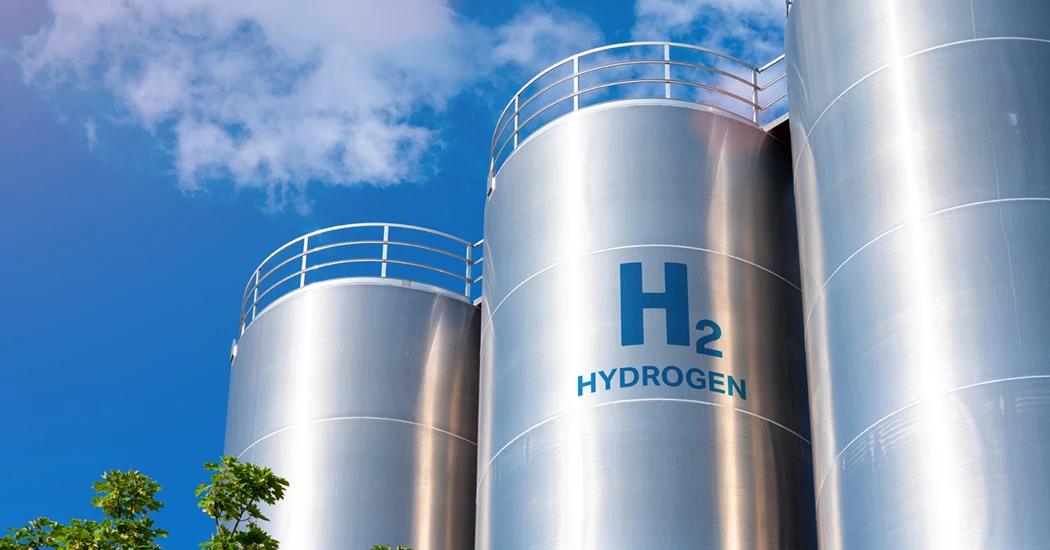Unlocking hydrogen projects in the Middle East
The market for clean hydrogen and its derivatives (such as green ammonia, low-carbon steel, and synthetic fuel for aviation) is growing rapidly, with the number of announced projects up by more than 75 percent since the end of 2021. Traditional utilities, renewable energy developers, oil and gas companies, chemicals producers, and original equipment manufacturers are among those trying to gain first-mover advantage.
The economics of getting these projects off the ground will remain challenging for at least a decade, due to high capex costs and the variability in the price of carbon. Most clean hydrogen projects will still need regulatory support to be economically competitive with alternatives. This limits early projects to niche areas where incentives or other support levers are available, or where customers are willing to pay a green premium.
In our experience, hydrogen developers are familiar with the economics around regulatory support and other incentives. They also understand the need for finding the right locations (with proximity to resources and supporting industry) and the right partners. The missing ingredient, we often find, is that they are less attuned to another factor that’s critical for success: identifying customers that are willing to pay a green premium and securing long-term offtake agreements with them.
Securing offtake customers
The companies developing clean hydrogen projects have focused on developing their engineering and project management capabilities. Securing a base of offtake customers hasn't been a critical capability of their core business, so it's a new muscle to build. But getting potential customers to commit to long-term contracts is essential for project success. It’s difficult because customers expect prices on green derivatives to decline over time, and they don’t want to be locked into higher prices. Also, many hydrogen producers, particularly utilities that are used to selling into commodity markets, lack the specialised sales experience required to close these deals.
Three steps to develop a customer-centric approach
Our work with early movers suggests three important steps in developing a customer-centric approach that are key to unlocking a successful clean hydrogen project. Taking this kind of approach has helped companies identify customers willing to pay a premium and commit to long-term contracts, which in turn has enabled hydrogen producers to commit to investment decisions.
1. Focus on high-potential segments and customers. Many hydrogen developers take a broad approach to their potential customer base. But in these early days for the market, it’s more efficient to identify the customer segments willing to pay the green premium—the price difference between traditional and low-carbon hydrogen. Once these segments are identified, developers can then narrow the search to find the highest-potential customers to make efficient use of lean sales teams. Developers might survey customers about their willingness to pay a green premium, but this has its limitations. Purchasers may not know how their company’s willingness to pay a premium could change over time, and frequently the decision maker for a commodity like ammonia may be in procurement, while the decision to pay a green premium rests somewhere else, often in the C-suite.
2. Explore partnering with customers. Hydrogen producers that are not also customers of hydrogen—utilities, for example—should consider deepening their relationships with their offtake customers, like the partnerships we’ve seen in more established commodities such as gray ammonia. This helps secure long-term agreements and can help developers gain a better understanding of the challenges these customers face in selling a greener product and recovering the premium they have paid. Partnerships can also help hydrogen producers develop their commercial capabilities, as they learn more about hydrogen’s economics and supply chain, while they develop their operational capabilities.
3. Build the customer mindset in your organisation. To achieve these goals, hydrogen producers are becoming more customer-centric across their organisations. Some need to build new skills because companies that trade mostly in commodities typically have required limited sales capabilities. With a shift toward more differentiated products, they need to train the sales force to position their product as unique and valuable, form direct relationships with customers, and establish partnerships.
Developing these customer capabilities requires some of the same muscles that hydrogen producers have used in designing their clean hydrogen projects. A truly customer-centric organisation takes a systemic approach, talking to customers to gain a better understanding of the market and their long-term needs. Understanding customer priorities often leads companies to reconsider how they design their products and services and take them to market.
This may represent a cultural change for many utilities and other industrial organisations that have not worked at this level of customer engagement before. Instilling a customer-centric culture guides actions at all levels of the organisation and sheds light on where new learning is necessary.
To summarise, while the market for hydrogen is destined to grow, the path to success for any individual clean hydrogen project is far from certain. Access to the right sites, renewable energy resources, and partnerships will remain important, and given the limited supply of all three, assertive action is likely to generate a first-mover advantage. Adopting a customer-centric approach is a key ingredient in making the difference between failure and success
Energy Connects includes information by a variety of sources, such as contributing experts, external journalists and comments from attendees of our events, which may contain personal opinion of others. All opinions expressed are solely the views of the author(s) and do not necessarily reflect the opinions of Energy Connects, dmg events, its parent company DMGT or any affiliates of the same.







